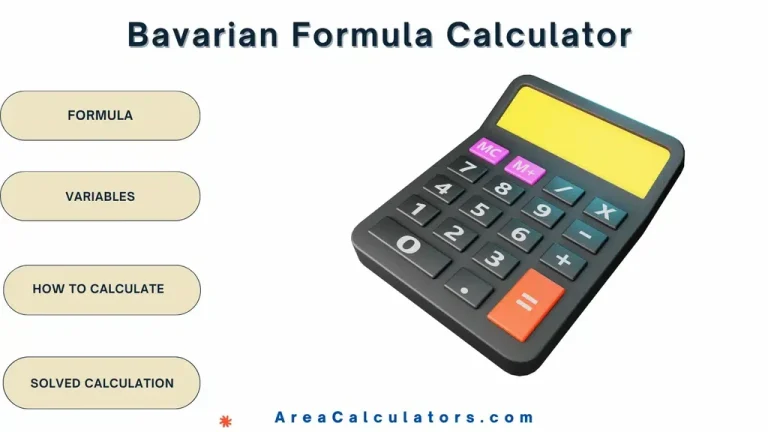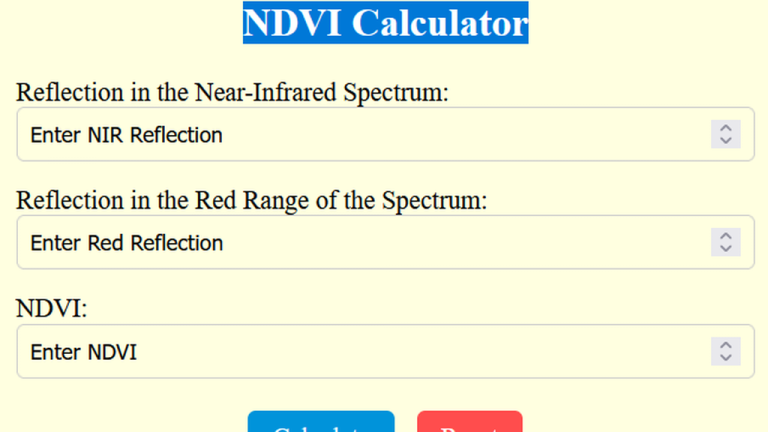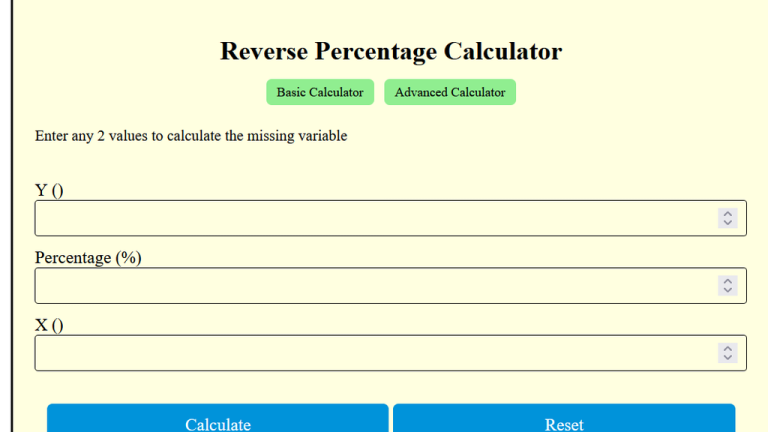Anton Paar Viscosity Index Calculator
Enter the values as required in our basic and advanced Anton Paar Viscosity Index Calculator to know the viscosity Index.
The Anton Paar Viscosity Index Calculator helps to analyze the viscosity and characteristic contents of oils. The knowledge of viscosity is crucial in various fields including automotive and manufacturing.

Formula:
The formula is:
variables
| Variable | Meaning |
|---|---|
| VI | Viscosity Index (a measure of the change in viscosity with temperature) |
| L | Viscosity at the low-temperature reference point |
| U | Viscosity at the test temperature |
| H | Viscosity at the high-temperature reference point |
How to Calculate ?
Firstly, determine the viscosity (U) at the test temperature. Secondly, identify the viscosity at the low-temperature reference point (L). Thirdly, identify the viscosity at the high-temperature reference point (H). Subtract the test temperature viscosity (U) from the low-temperature reference viscosity (L).
Finally, divide this result by the difference between the low-temperature reference viscosity (L) and the high-temperature reference viscosity (H), and multiply by 100 to calculate the Viscosity Index (VI).
Solved Calculations:
Example 1:
Given:
- Low-Temperature Reference Viscosity (L) = 150
- Test Temperature Viscosity (U) = 120
- High-Temperature Reference Viscosity (H) = 90
| Calculation | Instructions |
|---|---|
| Step 1: VI = | Start with the formula. |
| Step 2: VI = | Replace L with 150, U with 120, and H with 90. |
| Step 3: VI = | Subtract U from L and subtract H from L. |
| Step 4: VI = | Divide 30 by 60 to get 0.5. |
| Step 5: VI = 50 | Multiply 0.5 by 100 to get the Viscosity Index. |
Answer:
The Viscosity Index is 50.
Example 2:
Given:
- Low-Temperature Reference Viscosity (L) = 180
- Test Temperature Viscosity (U) = 130
- High-Temperature Reference Viscosity (H) = 100
| Calculation | Instructions |
|---|---|
| Step 1: VI = | Start with the formula. |
| Step 2: VI = | Replace L with 180, U with 130, and H with 100. |
| Step 3: VI = | Subtract U from L and subtract H from L. |
| Step 4: VI = | Divide 50 by 80 to get 0.625. |
| Step 5: VI = 62.5 | Multiply 0.625 by 100 to get the Viscosity Index. |
Answer:
The Viscosity Index is 62.5.
What is the Anton Paar Viscosity Index Calculator?
The Anton Paar Viscosity Index Calculator lets you know the Viscosity Index (VI), a helpful measure to know how much a fluid’s viscosity changes with temperature. It is critical in evaluating the performance of lubricants, oils, and other fluids that must maintain consistent performance across a range of temperatures.
The formula calculates this index by comparing the viscosity at a test temperature (U) with the viscosity at low (L) and high (H) reference temperatures. A higher Viscosity Index indicates that the fluid’s viscosity is more stable even if the temperature changes.
A stable viscosity is crucial for efficient performance. It is, in fact, useful in various industries including automotive, aerospace, and manufacturing where stability of viscosity is preferred for good engine performance.
Final Words:
The Viscosity index calculator is really helpful to monitor the performance of engine viscosity. Its application and importance in various fields can never be denied.





